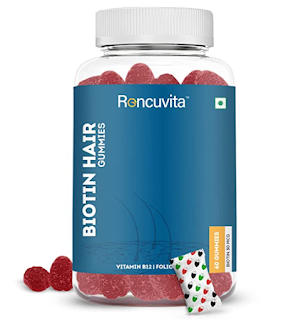whetstone knife sharpening stone
Kinds of Knife Sharpeners
Whetstones
Regularly called oilstones or Japanese waterstones, whetstones are coarse, rectangular stones use water or oil to actuate the honing surface. A few group favor the manufactured surface of the Japanese whetstone sharpening (myself included) while others lean toward the normal stone utilized for oilstones. The two of them work by honing the current edge on your knife as opposed to cutting out another one.
What to Consider Before Buying a Knife Sharpener
Coarseness
Notwithstanding the sort, all knife sharpeners come in different degrees of coarseness. Most stones are twofold sided, and the manual and electric knife sharpeners frequently have somewhere around two settings. The degree of coarseness relies upon how much metal is removed from the knife throughout honing. A coarse coarseness (likewise named as under 1000 for Japanese waterstones) ought to be utilized on a harmed knife that has scratches or chips. Medium coarseness (named as 1000 to 3000 coarseness) is utilized to hone dull blades that aren't harmed. At last, fine coarseness (4000 to 8000) is like a sharpening steel and is utilized to refine your knife's edge.
Size
Size is a significant thought when buying a knife sharpener. While the size of the sharpener doesn't influence its capacity to hone, it will influence how you store it. Do you have extra room for a huge electric sharpener? Or then again, is your kitchen effectively close on space? The greater part of the stones and manual sharpeners are adequately little to be put away inside a cabinet. Take a gander at the elements of the knife sharpener and consider how you'll store it prior to making your buy.
The whetstone can likewise be utilized for other bladed articles all through the home. In the event that you notice that your nursery shears have gotten somewhat gruff, or maybe your straight razor isn't exactly shaving sufficiently close, utilize the whetstone to get them back to flawless condition! The whetstone isn't appropriate for artistic or serrated edges.
The most effective method to USE:
1. Douse the honing stone in water for 5 minutes, then, at that point put it's anything but a consistent surface like a table or a work area, guaranteeing the elastic base is appended.
2. First utilize the 3000 coarseness side for fine pounding at a 10-30 degree point, push the knife out with a little power, and afterward delicately withdraw. Rehash this interaction for around 15 minutes.
3. Then, at that point utilize the 8000 coarseness side to clean your knife, don't drive excessively. This interaction requires around 10 minutes.
Honing Stones
Honing Stones are otherwise called whetstones. The expression "whetstone" comes from "whet" which means honing. This is counter to the famous confusion that the name comes from the should be doused before utilization. Honing knife sharpening stones are the most well-known and regular approach to hone blades and apparatuses. They are unfathomably successful and are utilized to both hone an edge and hold an edge.
Instructions to SHARPEN YOUR KNIVES USING A WHETSTONE
The most ideal approach to keep your blades sharp is to utilize a decent quality whetstone, as this recreates the assembling interaction utilized back at the processing plant when the blades were first created. Utilizing a whetstone knife sharpening stone with the honing procedures nitty gritty in this helpful infographic will guarantee your blades are in every case all around sharpened, and stay in ideal condition for more.




Comments
Post a Comment